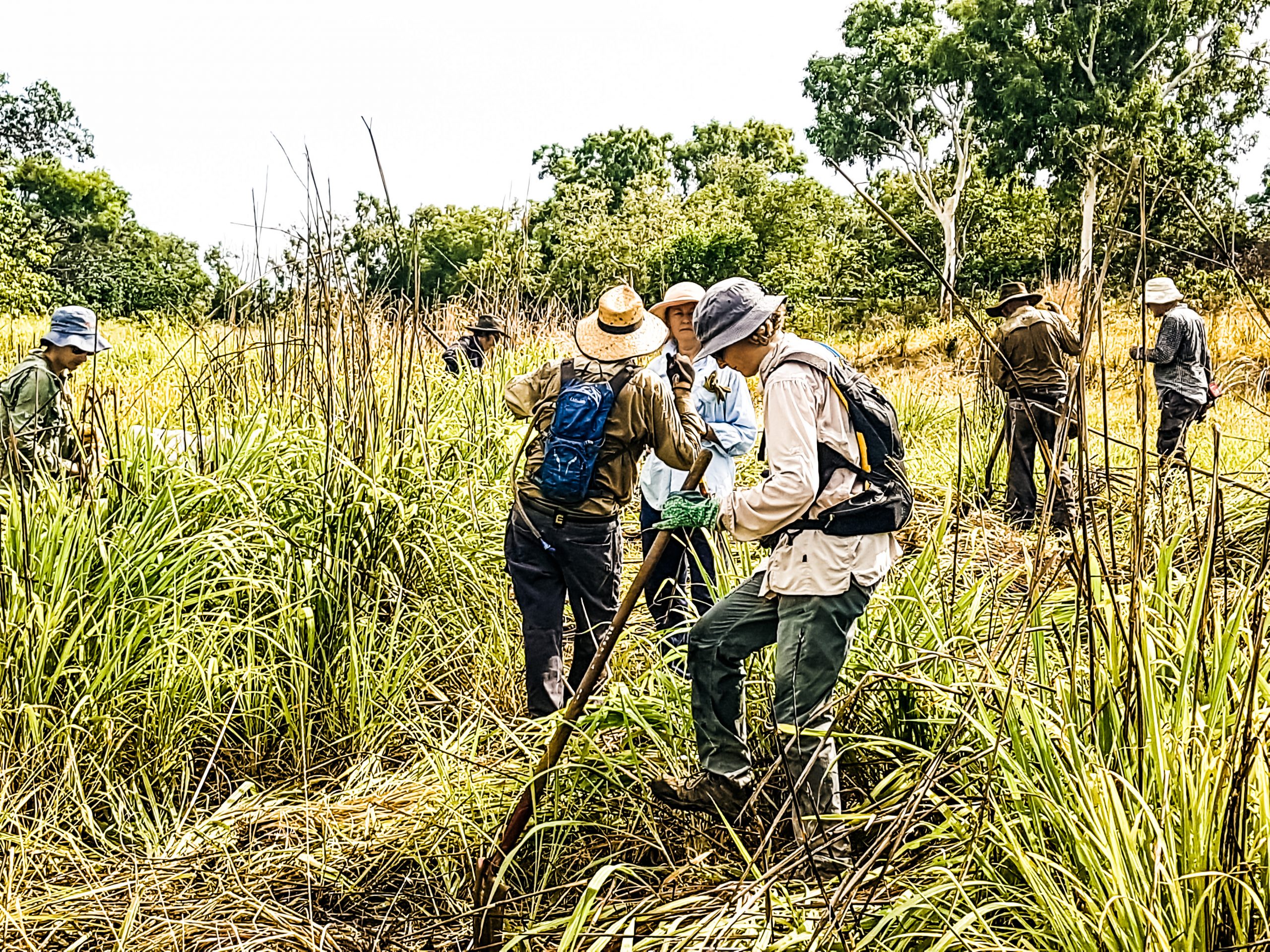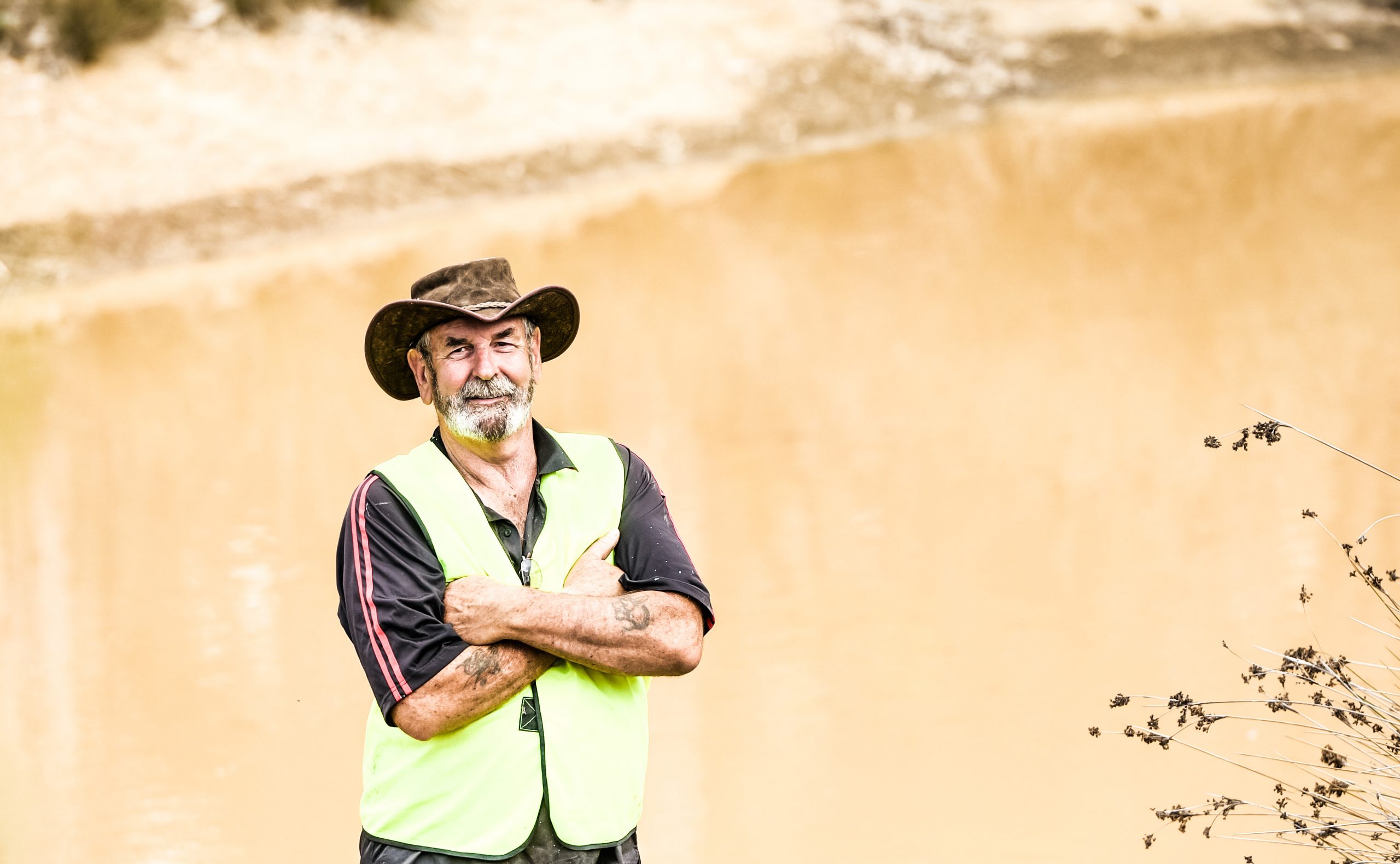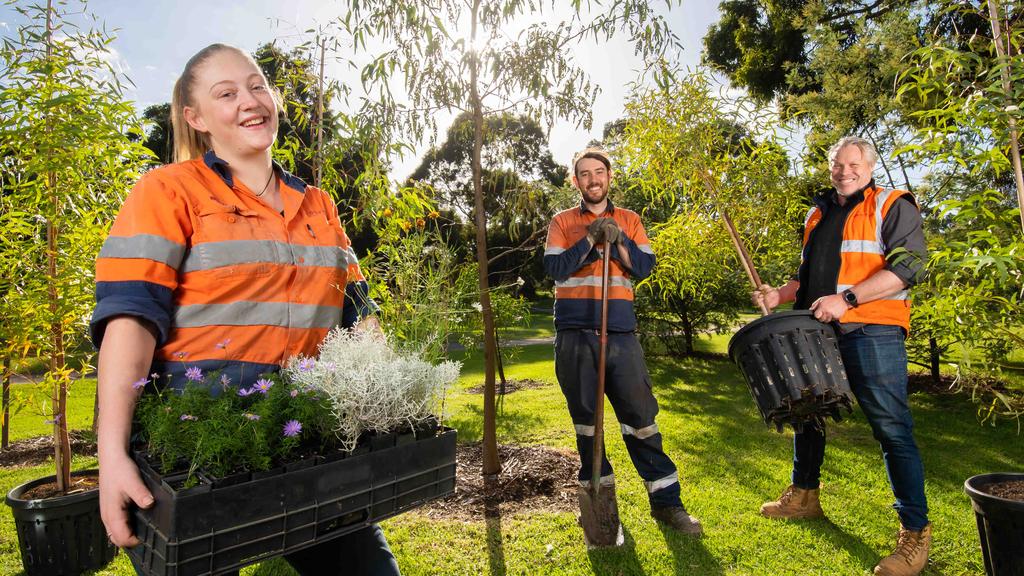JOB CREATION
Working With Nature would provide a pathway from welfare to work for thousands of people, including unskilled workers and young people at risk of long-term unemployment, at a substantially lower cost than large-scale infrastructure programs.
This investment would deliver timely, targeted and temporary support for unemployed workers and can be scaled as needed to meet the needs of regional communities, in the context of broader federal and state economic recovery priorities.
For workers, this program would provide an income, the dignity of work, new skills, mental health benefits and the opportunity to contribute to the resilience and long-term productivity of our land, rivers, oceans and farming landscapes.

ENVIRONMENTAL BENEFITS
Jobs can be created quickly, undertaking practical activities like weed management, soil erosion control, tree planting, bushfire recovery, restoration of bushland, rivers and creeks, feral animal control, fence construction and restoration of coastal and marine habitats.
Together, these activities will reduce the impact of key environmental threats, deliver large scale improvements in the condition of key environmental assets, enhance landscape resilience and support long-term agricultural productivity.
ECONOMIC ANALYSIS
Expert analysis by Ernst & Young found that a $500 million investment in a conservation and land management employment program would create 6,690 full time jobs and deliver more than $1.2 billion in long-term economic benefits.
This analysis highlights the profound social and economic benefits of moving people off welfare and into work, as well as opportunities to highlight long-term agricultural productivity by reducing costs, increasing the capacity of the land, improving the health of waterways and enhancing disaster resilience.

“Australians are overwhelmingly supportive of COVID-recovery initiatives that can keep people in work while also helping damaged landscapes recover."
PUBLIC POLLING
Conservation and land management stimulus spending is widely supported by a nation reeling from the impacts of drought, bushfires and COVID-19.
Polling undertaken in 2020 found that 83 per cent of Australians support large scale investment in practical conservation work, ranking it second out of twelve potential economic recovery measures.
BUILDING UPON SUCCESS
Over the past year, governments in Australia and overseas have rolled out large-scale economic stimulus packages, including a number of conservation and land management employment programs.
These early initiatives provide a foundation for a more ambitious national program in Australia.


